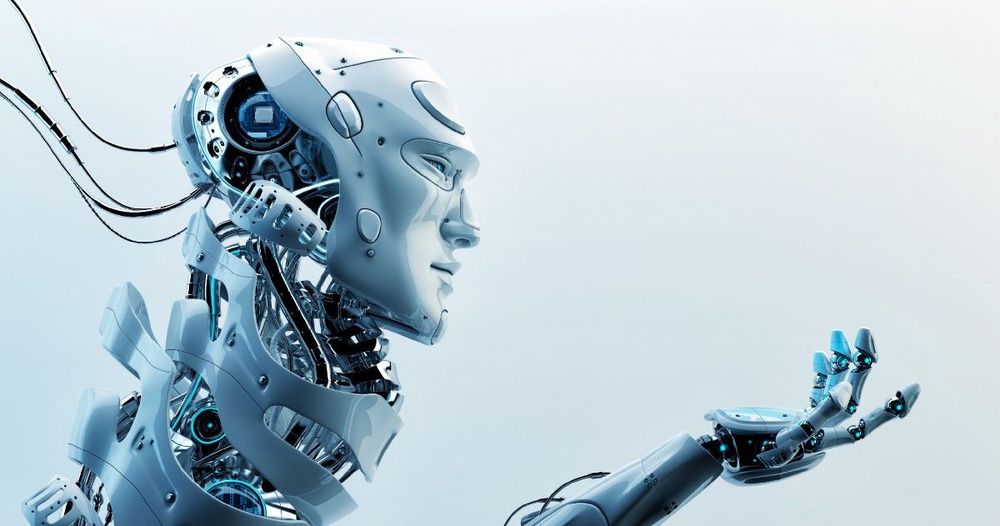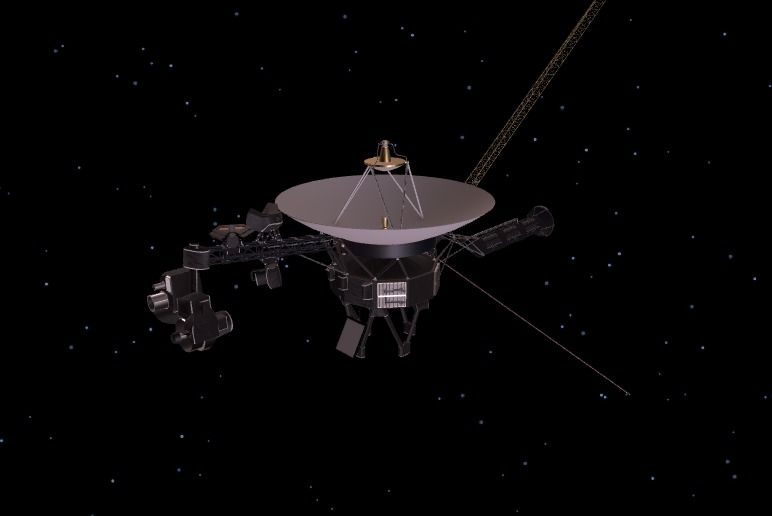The AI advances that brought you Alexa are teaching propaganda how to talk.




The rules about what makes a good magnet may not be as rigid as scientists thought. Using a mixture containing magnetic nanoparticles, researchers have now created liquid droplets that behave like tiny bar magnets.
Magnets that generate persistent magnetic fields typically are composed of solids like iron, where the magnetic poles of densely packed atoms are all locked in the same direction (SN: 2/17/18, p. 18). While some liquids containing magnetic particles can become magnetized when placed in a magnetic field, the magnetic orientations of those free-floating particles tend to get jumbled when the field goes away — causing the liquid to lose its magnetism.
Now, adding certain polymers to their recipe has allowed researchers to concoct permanently magnetized liquid droplets. These tiny, moldable magnets, described in the July 19 Science, could be used to build soft robots or capsules that can be magnetically steered through the body to deliver drugs to specific cells.
Scientists at Berkeley Lab have made a new material that is both liquid and magnetic, opening the door to a new area of science in magnetic soft matter. Their findings could lead to a revolutionary class of printable liquid devices for a variety of applications from artificial cells that deliver targeted cancer therapies to flexible liquid robots that can change their shape to adapt to their surroundings. (Video credit: Marilyn Chung/Berkeley Lab; footage of droplets courtesy of Xubo Liu and Tom Russell/Berkeley Lab)
Stunning payload separation footage of the UP Aerospace SL-10 rocket. One of the four payloads deployed was a test version of the Maraia Capsule, a concept that was to be used to provide the inexpensive and autonomous on-demand return of small science samples from the International Space Station. Credit: UP Aerospace.


It’s been almost 42 years since NASA sent its two Voyager spacecraft on record-breaking missions, and both of the decades-old robots are still alive. Voyager 1 and 2 are 13.5 billion and 11.1 billion miles from Earth, respectively, and it’s up to NASA engineers to ensure they remain up and running for as long as possible.
As the agency reveals in a new update, mission managers recently decided to shut down one of the heaters on Voyager 2 which is designed to keep its cosmic ray subsystem (CRS) instrument at a comfortable temperature. This was done to conserve energy, but the CRS itself miraculously still works, despite dipping well below the temperatures it was tested at over four decades ago.
Researchers have created a new type of tiny 3D-printed robot that moves by harnessing vibration from piezoelectric actuators, ultrasound sources or even tiny speakers. Swarms of these “micro-bristle-bots” might work together to sense environmental changes, move materials—or perhaps one day repair injuries inside the human body.
The prototype robots respond to different vibration frequencies depending on their configurations, allowing researchers to control individual bots by adjusting the vibration. Approximately two millimeters long—about the size of the world’s smallest ant—the bots can cover four times their own length in a second despite the physical limitations of their small size.
“We are working to make the technology robust, and we have a lot of potential applications in mind,” said Azadeh Ansari, an assistant professor in the School of Electrical and Computer Engineering at the Georgia Institute of Technology. “We are working at the intersection of mechanics, electronics, biology and physics. It’s a very rich area and there’s a lot of room for multidisciplinary concepts.”